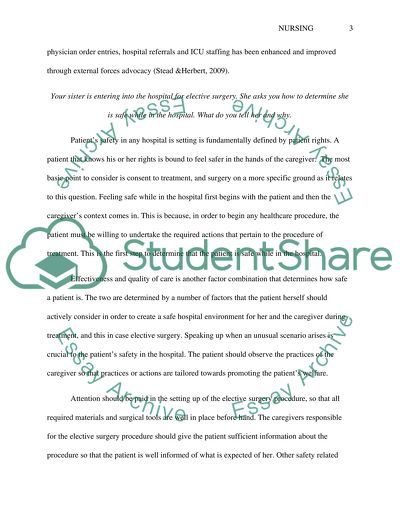Cite this document
(“To what extent have external forces like the Leapfrog Group influenced Assignment”, n.d.)
Retrieved from https://studentshare.org/nursing/1394741-to-what-extent-have-external-forces-like-the-leapfrog-group-influenced-change-in-the-healthcare-environment
Retrieved from https://studentshare.org/nursing/1394741-to-what-extent-have-external-forces-like-the-leapfrog-group-influenced-change-in-the-healthcare-environment
(To What Extent Have External Forces Like the Leapfrog Group Influenced Assignment)
https://studentshare.org/nursing/1394741-to-what-extent-have-external-forces-like-the-leapfrog-group-influenced-change-in-the-healthcare-environment.
https://studentshare.org/nursing/1394741-to-what-extent-have-external-forces-like-the-leapfrog-group-influenced-change-in-the-healthcare-environment.
“To What Extent Have External Forces Like the Leapfrog Group Influenced Assignment”, n.d. https://studentshare.org/nursing/1394741-to-what-extent-have-external-forces-like-the-leapfrog-group-influenced-change-in-the-healthcare-environment.


